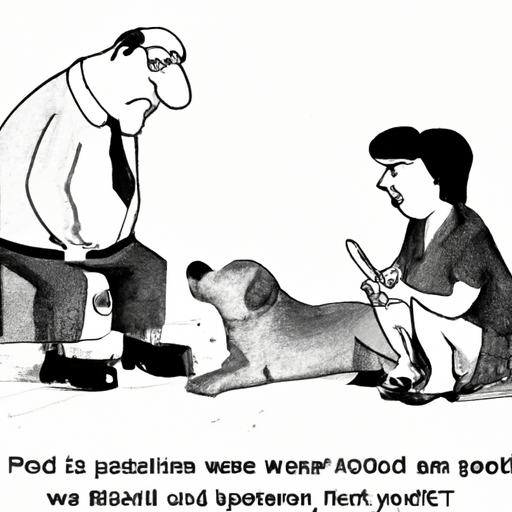Have you recently noticed a change in your beloved pet’s behavior? Maybe they’re limping, or perhaps they’re constantly licking a particular toe, and upon closer inspection, you see it’s noticeably swollen. This is a concerning sight for any dog owner, and it’s natural to wonder, why is my dog’s toe swollen?
In this comprehensive guide, we’ll walk you through the causes, symptoms, and treatments for your dog’s swollen toe.
- Table of Contents
- Common Causes of a Swollen Toe
- Symptoms to Watch Out For
- Diagnosis and Treatment
- Prevention and Home Care
-
FAQs
-
Key Takeaways
- Swollen toes in dogs can be caused by a variety of factors, including injuries, infections, and underlying health conditions.
- It’s crucial to seek veterinary attention if you notice your dog’s toe swelling, especially if accompanied by other symptoms.
- Treatment will depend on the cause and may include antibiotics, anti-inflammatories, or in some cases, surgery.
- Prevention is key. Regular grooming, foot checks, and keeping your dog’s environment safe can help prevent toe swelling.
Common Causes of a Swollen Toe
Swollen toes in dogs can be due to a myriad of reasons, all of which require your attention.
1. Injury: Similar to how we might stub a toe, dogs can injure their paws while playing, running, or stepping on sharp objects. This trauma can result in swelling.
2. Infections: Bacterial or fungal infections can cause a dog’s toe to swell. These can occur if a small cut or scrape gets infected.
3. Underlying Health Conditions: Some health conditions, such as cancer or immune-mediated diseases, can cause swelling in a dog’s toe.
4. Insect Bites or Stings: Dogs are curious creatures. In their explorations, they might encounter insects or spiders, leading to bites or stings that can cause their toes to swell.
For a more comprehensive list of potential causes, visit this page on PetMD.
Symptoms to Watch Out For
Aside from the obvious swollen toe, other symptoms may accompany this condition. Your dog may exhibit signs of pain such as limping or constantly licking the affected toe. They might also have a reduced appetite or show signs of general discomfort.
If your dog’s toe remains swollen for more than 24 hours, or if other symptoms accompany the swelling, it’s essential to consult with a veterinarian.
Diagnosis and Treatment
A vet will conduct a physical examination and might order additional tests to determine the cause of the swelling. According to OneTopDog’s guide to vet visits, this could include blood tests, x-rays, or a biopsy.
Treatment will depend on the underlying cause. Antibiotics or antifungal medication may be prescribed for infections, while injuries might require rest, anti-inflammatories, or in severe cases, surgery. If the swelling is due to an underlying health condition, the vet will treat the primary disease.
Prevention and Home Care
Preventing your dog’s toe from swelling involves regular grooming, foot checks, and ensuring their environment is safe. If your dog has already experienced a swollen toe, OneTopDog’s guide to dog grooming and dog-proofing your home may be helpful.
FAQs
1. How can I soothe my dog’s swollen toe at home?
While it’s essential to seek veterinary care, you can provide some comfort at home by applying a cold compress to the swollen area.
2. Can a swollen toe be a sign of something serious?
Yes, sometimes a swollen toe can indicate more serious health conditions such as cancer or immune diseases.
3. Should I try to remove foreign objects from my dog’s toe myself?
No, it’s best to let a professional handle this, as improper removal can cause additional harm.
Conclusion
A swollen toe in your dog can be a cause for concern, but understanding potential causes and treatments can empower you to take the best care of your furry friend. Remember, when in doubt, always consult with a veterinarian.



